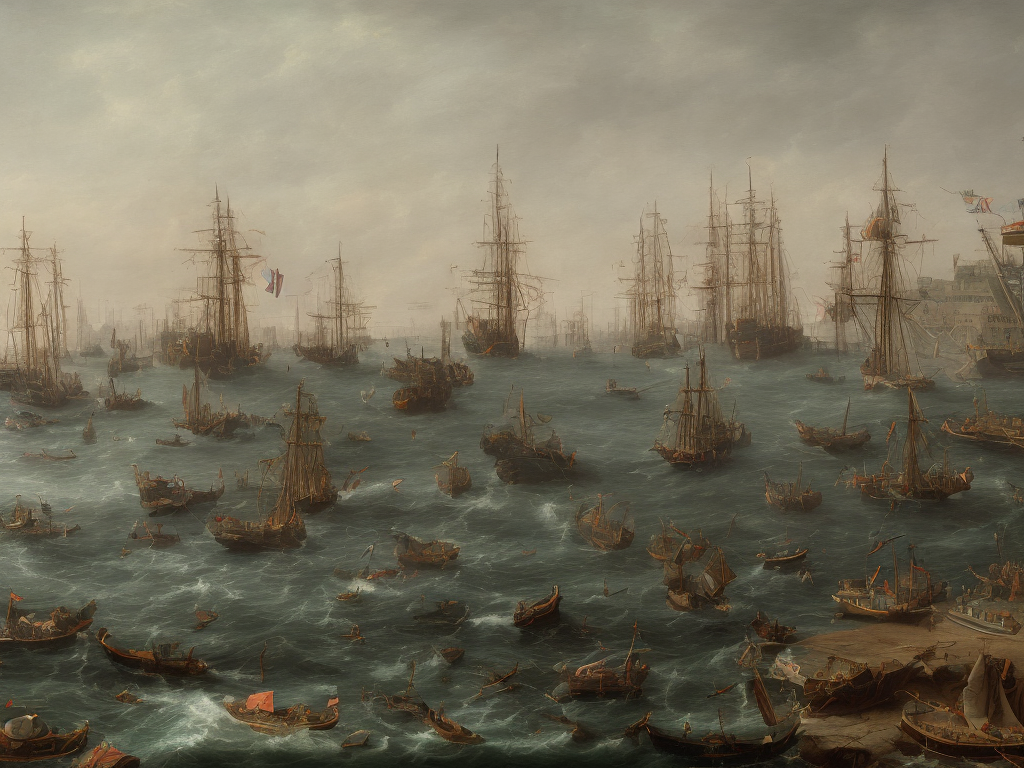
Harbours and ports are two common terms used in marine transportation. They are both essential to the shipping industry, but they have different meanings and functions. In this essay, we will discuss the difference between harbour and port.
A harbour is a place where ships and boats can shelter from the weather or the sea. Harbours can be natural or manmade and are usually located near coasts and rivers. They serve as a refuge for ships from storms and high winds, and sailors can use them to replenish supplies or make repairs. Harbours can be small or large, depending on the size of the ships they can accommodate.
In contrast, a port is a place where ships can load and unload cargo. Ports are usually larger than harbours and are located near major waterways or in strategic locations along shipping routes. They are specifically designed to handle cargo and transport it efficiently. Ports can handle all types of cargo, including containerized, bulk, and general cargo.
There are several differences between harbours and ports. The primary difference is the purpose they serve. As previously mentioned, a harbour is primarily a shelter or refuge for ships. It provides a safe place to anchor, especially during bad weather conditions. On the other hand, a port is an active transportation hub where cargo is loaded and unloaded. It is specifically designed to facilitate cargo transportation and handling. Additionally, a harbour can be a part of a port; however, a port cannot exist without a harbour.
Another significant difference between harbours and ports is their infrastructure. As a place of refuge for ships, harbours do not require extensive infrastructure. They may have shallow waters and natural coves that offer a safe mooring for boats, or they may have jetties and breakwaters to provide protection from waves and currents. In contrast, ports have extensive infrastructure, including berths, quays, cranes, and loading facilities. These facilities allow ports to handle large volumes of cargo efficiently.
The size of harbours and ports also differs. As previously mentioned, ports are generally larger than harbours. In general, ports are designed to handle a greater variety of cargo and larger ships. They usually have deep waters and can accommodate multiple vessels at once. In contrast, harbours are usually smaller, and their size is limited by the natural features of the area. They may only accommodate a few small vessels or a single large ship.
The location of harbours and ports also differs. Harbours are usually located in sheltered or enclosed areas, such as natural bays, inlets or estuaries. They may also be located next to rivers or lakes that connect to the sea. In contrast, ports are often located in more exposed areas, such as on the coastline or at the mouth of a river. This allows for easier access to larger vessels, which may not be able to navigate smaller waterways.
Finally, the type of ships that use harbours and ports also differ. Harbours are usually used by small boats, fishing vessels, and pleasure crafts. They offer safe anchorage for these vessels and provide a place for their owners to restock on supplies or to make repairs. In contrast, ports are designed to accommodate large cargo ships, tankers, and container ships. These vessels require deep waters and extensive infrastructure to facilitate efficient cargo handling.
There are some exceptions to these differences between harbours and ports. For example, some harbours may have extensive infrastructure and handle a significant volume of cargo. These harbours are often referred to as "commercial harbours" or "fishing harbours". Similarly, some ports may have facilities for sheltering ships during storms, which can function as harbours.
In conclusion, while both harbours and ports are essential to the shipping industry, they have different purposes, infrastructure, size, location and type of ships they accommodate. Harbours are mainly meant as a safe haven for ships, while ports are designed for efficient cargo handling. While ports are generally larger and located at more exposed areas, whereas harbours are usually smaller, and located in more sheltered areas. Furthermore, ports usually have extensive infrastructure such as deep waters and loading facilities.
 Self-Instruct
Self-Instruct